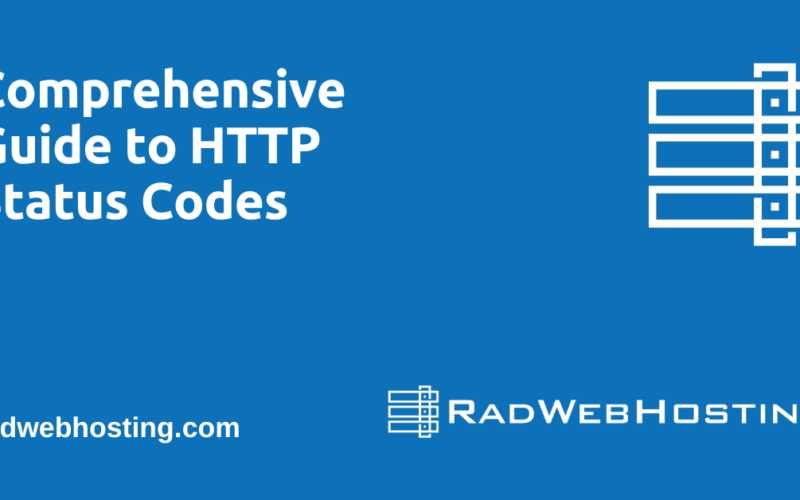 Save time and automate secure SSH login to remote servers for instant and effortless connectivity. With this guide, we intend to achieve reduced time and effort to access remote command execution and file transfers.
Save time and automate secure SSH login to remote servers for instant and effortless connectivity. With this guide, we intend to achieve reduced time and effort to access remote command execution and file transfers.
Automate Secure SSH Login to Remote Servers
For a quick-start SSH Public Key Authentication guide, check out:
Pre-requisites
Before we can show you how to automate secure SSH login to remote servers, we must ensure the following environment conditions are met:
- Access to a remote server (for this guide, we use an Ubuntu VPS with fresh install of Ubuntu 22.04)
- An internet-connected device with SSH client (for this guide, we use AlmaLinux VPS with fresh install of AlmaLinux 8)
- A working knowledge of the Linux command-line
After confirming the above pre-requisites are met, you are ready to learn how to automate secure SSH login to remote servers for effortless and instant access! Let’s get started.

Automatically Connect to a Remote Server Using SSH Public Key Authentication
To connect to a remote system automatically using SSH public key authentication, follow these steps:
-
Generate an SSH Key Pair (If Not Already Created)
Run the following command on your local system to generate an SSH key pair:
ssh-keygen -t rsa -b 4096 -f ~/.ssh/id_rsa -N ""
- This generates a 4096-bit RSA key pair.
- The private key is stored in
~/.ssh/id_rsa(DO NOT share this file). - The public key is stored in
~/.ssh/id_rsa.pub.
-
Copy the Public Key to the Remote Server
Use the following command to copy your public key to the remote system:
ssh-copy-id -i ~/.ssh/id_rsa.pub user@remote_host
Replace:
userwith your remote system’s username.remote_hostwith the IP address or hostname of the remote server.
If
ssh-copy-idis not available, you can manually copy the key:cat ~/.ssh/id_rsa.pub | ssh user@remote_host "mkdir -p ~/.ssh && cat >> ~/.ssh/authorized_keys"
Then set the correct permissions on the remote server:
ssh user@remote_host "chmod 700 ~/.ssh && chmod 600 ~/.ssh/authorized_keys"
-
Test the SSH Connection
Now, you should be able to log in without a password:
ssh user@remote_host
-
Automate SSH Login with an Alias (Optional)
You can create an alias in
~/.ssh/configto simplify access:nano ~/.ssh/config
Add the following entry:
Host myserver HostName remote_host User user IdentityFile ~/.ssh/id_rsa
Now, you can connect simply by running:
ssh myserver
-
Automate SSH Login in a Script
To automate SSH login in a script, use:
#!/bin/bash ssh -i ~/.ssh/id_rsa user@remote_host "your-command-here"
Example: Automatically run a command on the remote server:
ssh -i ~/.ssh/id_rsa user@remote_host "uptime"
If you need to run a script remotely:
ssh -i ~/.ssh/id_rsa user@remote_host "bash -s" < local_script.sh
-
(Optional) Enable SSH Agent for Seamless Authentication
If you have multiple keys, use
ssh-agentto manage them:eval "$(ssh-agent -s)" ssh-add ~/.ssh/id_rsa
Now you can SSH into the remote system without specifying the key every time.
-
Troubleshooting
- Ensure SSH permissions are correctly set:
chmod 700 ~/.ssh chmod 600 ~/.ssh/authorized_keys
- If SSH still prompts for a password, check:
ssh -v user@remote_host
This verbose mode helps debug authentication issues.
- Ensure SSH permissions are correctly set:
How to Automatically Login and Execute Commands on Remote Server
After setting up SSH key-based authentication, the login process becomes passwordless and fully automated. Below is a demonstration of how you can log in and execute commands on the remote system.
-
Log in to the Remote System
Simply run:
ssh user@remote_host
or, if you configured
~/.ssh/config:ssh myserver
Expected Output:
Welcome to Ubuntu 22.04.3 LTS (GNU/Linux 5.15.0-91-generic x86_64) Last login: Sat Feb 23 10:00:12 2025 from 192.168.1.100 user@remote_host:~$
- No password prompt should appear.
- You are now logged into the remote system.
-
Run a Remote Command
To check system uptime:
ssh user@remote_host "uptime"
Expected Output:
10:05:30 up 10 days, 4:37, 1 user, load average: 0.12, 0.07, 0.01
To list files in the home directory:
ssh user@remote_host "ls -l"
Example Output:
total 12 drwxr-xr-x 2 user user 4096 Feb 23 09:55 Documents drwxr-xr-x 2 user user 4096 Feb 23 09:55 Downloads drwxr-xr-x 2 user user 4096 Feb 23 09:55 Projects
-
Automate SSH in a Script
You can create a Bash script to automate SSH login and execution:
#!/bin/bash echo "Checking system uptime on remote server..." ssh user@remote_host "uptime"
Save the script as
check_uptime.sh, then run:chmod +x check_uptime.sh ./check_uptime.sh
Expected Output:
Checking system uptime on remote server... 10:06:45 up 10 days, 4:38, 1 user, load average: 0.10, 0.05, 0.01
-
Transfer Files Using SCP
To copy a local file to the remote server:
scp myfile.txt user@remote_host:/home/user/
Expected Output:
myfile.txt 100% 4KB 2.3MB/s 00:00
To copy a file from the remote server:
scp user@remote_host:/home/user/server.log .
-
Troubleshooting
If SSH still asks for a password:
- Ensure correct file permissions:
chmod 700 ~/.ssh chmod 600 ~/.ssh/authorized_keys
- Run SSH in verbose mode:
ssh -v user@remote_host
This will show debugging information.
- Ensure correct file permissions:
Final Outcome
- Login is automated (passwordless).
- Remote commands execute seamlessly.
- File transfers work smoothly.
Now, SSH key-based authentication is fully functional! 🚀

Conclusion
You now know how to automate secure SSH login to remote servers for instant and effortless connectivity.
Now, how to spend all of your new free time… 🤔May I suggest?: explore more guides👇









[…] Automate Secure SSH Login to Remote Servers for Instant and Effortless Connectivity […]